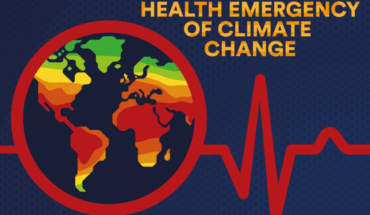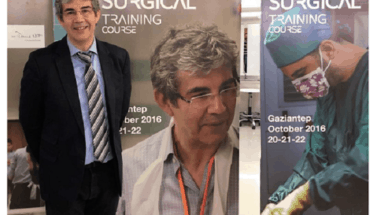WHO and UNICEF push for Assistive Technology: Almost one billion children and adults with disabilities and older persons in need of assistive technology denied access, according to new report WHO and UNICEF call on governments, industry, donors and civil society to fund and prioritize access to assistive products.
WHO and UNICEF call on governments, industry, donors and civil society to fund and prioritize access to assistive products.
A new report published today by WHO and UNICEF reveals that more than 2.5 billion people need one or more assistive products, such as wheelchairs, hearing aids, or apps that support communication and cognition. Yet nearly one billion of them are denied access, particularly in low- and middle-income countries, where access can be as low as 3% of the need for these life-changing products.
The Global Report on Assistive Technology presents evidence for the first time on the global need for and access to assistive products and provides a series of recommendations to expand availability and access, raise awareness of the need, and implement inclusion policies to improve the lives of millions of people.
“Assistive technology is a life changer – it opens the door to education for children with impairments, employment and social interaction for adults living with disabilities, and an independent life of dignity for older persons,” said WHO Director-General, Dr Tedros Adhanom Ghebreyesus. “Denying people access to these life-changing tools is not only an infringement of human rights, it’s economically shortsighted. We call on all countries to fund and prioritize access to assistive technology and give everyone a chance to live up to their potential.”
“Nearly 240 million children have disabilities. Denying children the right to the products they need to thrive doesn’t only harm individual children, it deprives families and their communities of everything they could contribute if their needs were met,” said UNICEF Executive Director Catherine Russell. “Without access to assistive technology, children with disabilities will continue to miss out on their education, continue to be at a greater risk of child labor and continue to be subjected to stigma and discrimination, undermining their confidence and wellbeing.”
The report notes that the number of people in need of one or more assistive products is likely to rise to 3.5 billion by 2050, due to populations ageing and the prevalence of noncommunicable diseases rising across the world. The report also highlights the vast gap in access between low- and high-income countries. An analysis of 35 countries reveals that access varies from 3% in poorer nations to 90% in wealthy countries.
Affordability is a major barrier to access, the report notes. Around two thirds of people with assistive products reported out-of-pocket payments for them. Others reported relying on family and friends to financially support their needs.
A survey of 70 countries featured in the report found large gaps in service provision and trained workforce for assistive technology, especially in the domains of cognition, communication and self-care. Previous surveys published by WHO note a lack of awareness and unaffordable prices, lack of services, inadequate product quality, range and quantity, and procurement and supply chain challenges as key barriers.
Assistive products are generally considered a means to participate in community life and in wider society on an equal footing with others; without them, people suffer exclusion, are at risk of isolation, live in poverty, may face hunger, and be forced to depend more on family, community and government support.
The positive impact of assistive products goes beyond improving the health, well-being, participation and inclusion of individual users – families and societies also benefit. For example, enlarging access to quality-assured, safe and affordable assistive products leads to reduced health and welfare costs, such as recurrent hospital admissions or state benefits, and promotes a more productive labour force, indirectly stimulating economic growth.
Access to assistive technology for children with disabilities is often the first step for childhood development, access to education, participation in sports and civic life, and getting ready for employment like their peers. Children with disabilities have additional challenges due to their growth, which requires frequent adjustments or replacements of their assistive products.
The report makes recommendations for concrete action to improve access, including:
1. Improve access within education, health and social care systems
2. Ensure availability, safety, effectiveness and affordability of assistive products
3. Enlarge, diversify and improve workforce capacity
4. Actively involve users of assistive technology and their families
5. Increase public awareness and combat stigma
6. Invest in data and evidence-based policy
7. Invest in research, innovation, and an enabling ecosystem
8. Develop and invest in enabling environments
9. Include assistive technology in humanitarian responses
10.Provide technical and economic assistance through international cooperation to support national efforts.
- Gut microbiome could delay onset of type 1 diabetes - 3rd April 2025
- The da Vinci 5 Robot Is Set To Transform Bariatric Care: - 31st March 2025
- Beyond money: the hidden drivers fuelling child food insecurity - 31st March 2025






